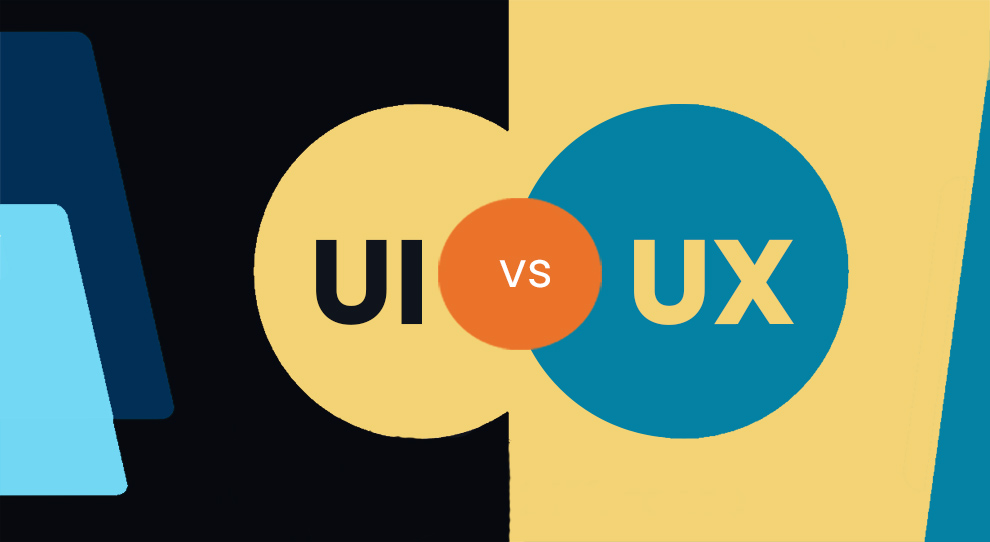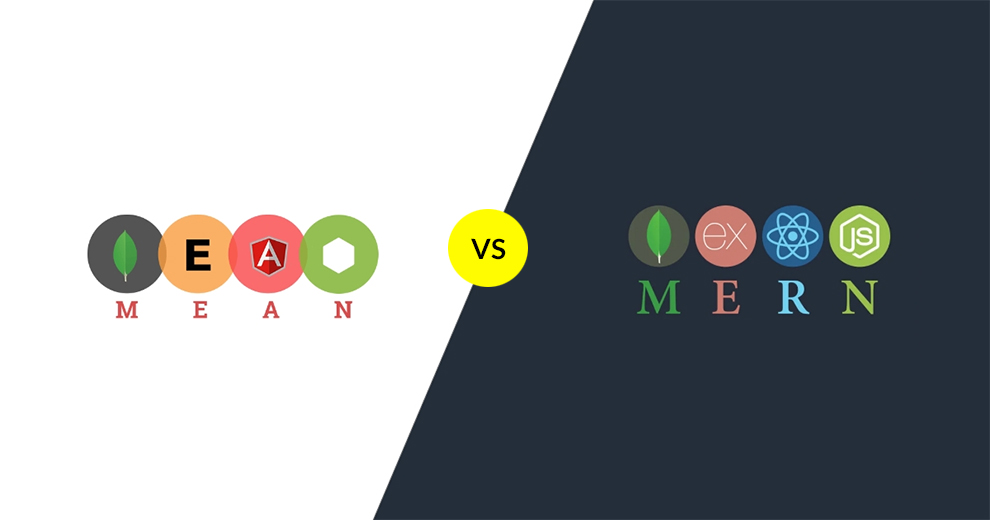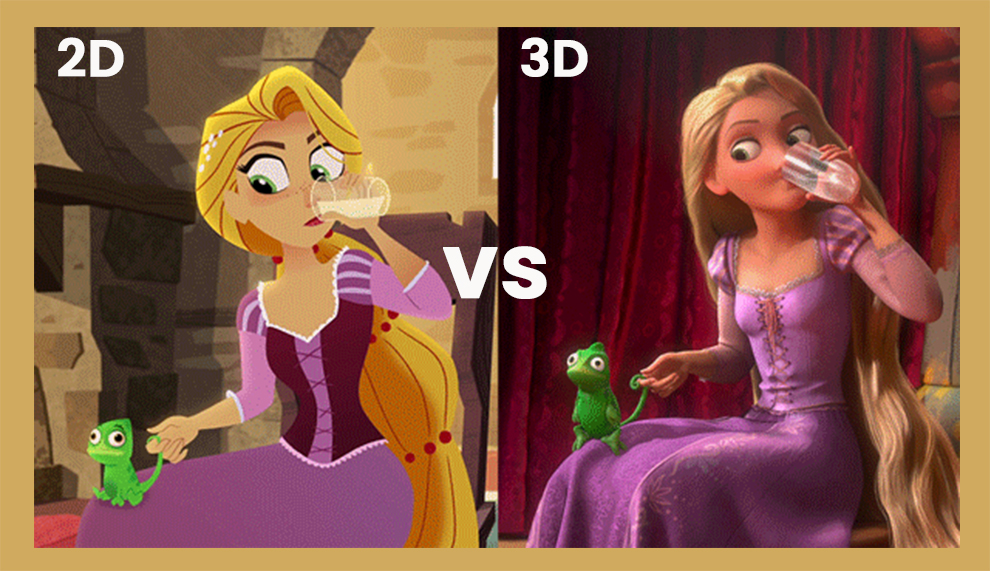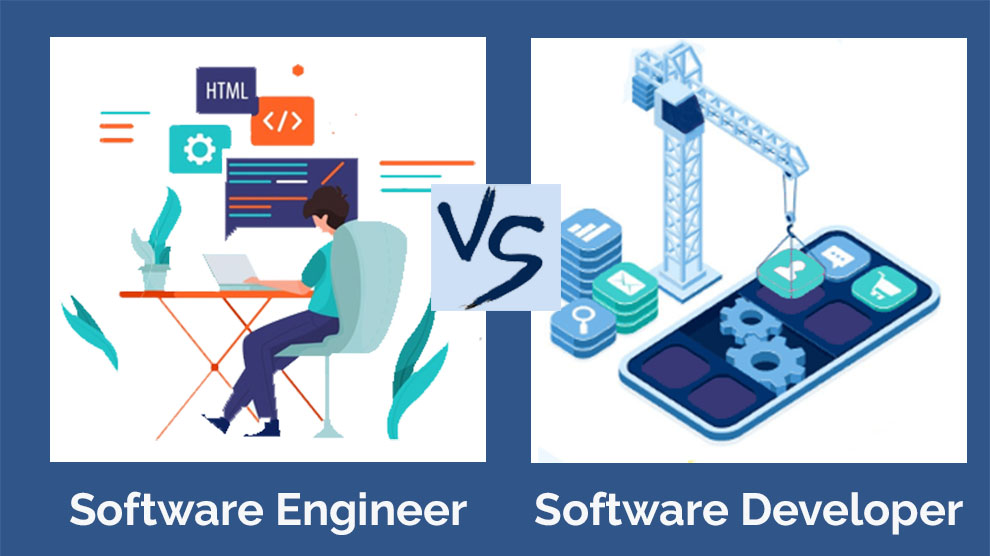Many a time, you may have heard people use UI and UX interchangeably. However, there is a difference between the UX vs UI design. The two mean invariably different things. But, the point in matter is what the difference between UI and UX is?
Quite many of you may have been a part of the conversation or a technical discussion at some point in time or other where people discuss the website’s user interface or the experience they have with a product.
However, despite that, not many know the difference between the two. If you wish to understand it, this is the guide for you. In this guide, we will try to understand the UI and UX differences. So let us get started and address the two terms independently first.
Key Highlights: UI UX design differences
- Amongst UX vs UI design, the former makes the interface useful. On the other hand, the latter makes it appear visually appealing.
- UX focuses on the product’s overall feel and looks, whereas the UI focuses on the product’s user-friendliness.
- Another point in UI and UX difference is that the user interface implies the visual elements, letting users interact with a product. In contrast, user experience is about the emotions and feelings that users experience when interacting with a product.
- The user interface tries to add usability, responsiveness, and aesthetics, whereas the user experience will make the product easy to use and efficient.
In This Article
- What Is UX?
- What Is UI?
- UX Vs UI Design Comparison Table
- UI And UX Differences In-Depth Analysis
- How Do UI And UX Work Together?
- Courses To Learn UX/UI
- Conclusion
What Exactly Is UX?
The user experience depends on the product’s design. It covers all the aspects of the user’s interaction with the company and its products & services. It is indeed a broad definition and literally covers every probable interaction, not just the digital experience, but rather the understanding that a person tends to have with a product or a service.
However, a few UX experts regard this as customer experience, while others consider it as experience design.
Following the improvements in the user interface, the user experience evolved too. After the users found something to interact with, their experience changed depending on how they felt with this interaction. This experience could be anything – neutral, positive, or negative.
What Is the Main Importance of UX vs UI Design?
Before we elaborate on the UX design vs UI design, we would like to help you understand why UX is so important.
Firstly, the UX aims to fulfill the user’s needs and offer them a positive experience to ensure that the users remain loyal to the said brand or the product. Further, if the user experience is good, it makes it easier for you to define your customers’ journey on the website, which is quintessential for your business’ success.
In all honesty, there is no definite answer to why user experience is so important. It is a subjective term and is different for different people.
However, when designing the user and web interface, an influential thing to note is that you are not your user. So, never presume that you are aware of what they want or need. This brings us to an important question – how do you know if the user experience is good? How do you utilize the UI and UX difference to your advantage?
The only way to find this is by getting in proximity to the users. It would be best to communicate with them, get to know them by asking questions, and base your decisions around their replies. Please understand that your customers will teach, so pay close attention to what they say.
How Do You Make A Good UX Website?
There are some practices, which the UX designers ought to be careful about right in the development phase. Following these practices is vital for a good UX.
Never put it all on one screen
When you put all the features, menus, and buttons on one screen, the result is a bad user experience. However, unfortunately, this is one of the most prevalently adopted practices amongst website developers.
Therefore, regardless of the arguments in favor of this interface design, you must strictly avoid it.
So, when designing the interface, remember the difference between UI and UX, and then you must:
- Avoid an overwhelming design
- Focus on visual proximity
- Understand that users do not hate scrolling, so if need be, include options
Do not include everything in the drop-down menu.
People use a drop-down menu to avoid clutter and simplify things for the end user. However, understand that balance is the key.
Think of it as your personal space. As you would organize everything in your personal space neatly, so should you on the website. The proper organization makes it easy for the users to find what they are looking for.
Also, if there are only a few buttons, you can even avoid the drop-down menus. Up until the five buttons, you can avoid the drop-down menu. So, over and above it, menus become a necessity.
Consistent design or not?
Now, there are two arguments around this. Firstly, if the design is consistent, it is easier for the user to scroll through the app.
Conversely, when all the pages in the app look the same, the user seems to feel lost. They are uncertain if they have seen the same page earlier or not. This can be perplexing for the user.
The idea is to make the app easy, even for the most distracted user. So, ensure that:
- Every page has a clear name and a header
- If a page has several steps to follow through, display the steps
Avoid small font text and long lines
When the text on the screen is too small, or you write long lines, you are bound to drive the users from your page. For a good UX, you must avoid writing more than nine words per line.
Also, white space is not a waste but an investment. Naturally, when there is only a small text in the area, people generally consider it necessary. Hence, they pay greater attention to it.
Say no to double-up pop-ups
When pressing a button, a pop-up window opens, and on pressing it, if there is another pop-up that opens, then that could be disturbing for the user. When you do this, the end-user tends to lose the mental model of where they are in the flow of the process. It distracts them. Hence, it should be avoided.
Be careful with the forms
For a UX designer, a lot of contemplation goes into forms. Should you add a long list of input in the form? Should you divide the form into multiple steps? Again, it is not that your users hate scrolling, but the idea is to ensure that users have to spend minimum time dealing with the forms.
So, the ideal practice in form designing is to put all the input fields in one column. It will simplify the process for the end-user. Also, if there are just two to five fields in the form, it is not ideal to put them in a drop-down list.
You may find this visually pleasing, but it is not worth forcing the user into making these many clicks. Instead, you can opt for radio buttons.
Ensure that every button serves a clear purpose
In button design, consistency is quintessential. It will make it easier for the user to browse through the app.
What Is UI (User Interface)?
Now that we have discussed every aspect of UX with you, we are a step closer to discussing UX vs UI design. However, before we enlist the difference between UI and UX, you must understand what UI is.
Because of the vivid misinterpretations around it, most people still have no clarity on the user interface. Broadly, you can understand it as the cluster of tasks directed towards product optimization for more seamless use.
A UI is the point of interaction between a digital product or device and a user like a touchscreen on the touchpad or smartphone to pick the kind of snack you need from the vending machine.
So, in the context of the applications or websites, the User Interface will regard the product’s feel, look, and interactivity. Hence, it is about ensuring that the UI is as intuitive as possible. Thus, it is vital to consider every interactive element or visual that the user is likely to encounter.
Overall, the role of the UI designer is to take into consideration the color scheme, typography, buttons, icons, imagery, spacing, and responsive design. Hence, similar to UX, even UI is a multi-dimensional aspect. Now, let us finally move to the difference between UI and UX.
However, before we get to the UX design vs UI design, we would also like to discuss the vital properties of a well-designed UI.
What Is The Importance of UI?
The UI aims to bridge the gap between the website and the visitors, as it has in it the primary design elements, which enable the users to navigate through the website and make vital decisions.
So, before you comprehend what is the difference between UI and UX design, you must also know the significance of the UI. Here, we will enlist three critical reasons for investing in UI design.
Building a brand identity
Amongst the UX vs UI design, in the latter, you can pick the color of your choice, typography, and button style. Hence, if the UI is good, it will boost the brand’s image. More so, the UI should convey the values, culture, and tone of the company.
UI helps convert visitors to customers.
As already discussed in UX vs UI design, the latter is responsible for setting the tone for your brand. If the UI is not good, it can prevent potential conversion. On the other hand, if the UI is good, it will encourage people to convert – buy from you, download your content, share their details, or make contact.
A surge in retention
Further, if the UI is good, it also helps the brand retain customers. A good UI will have vital elements, which invoke a positive emotional reaction, encouraging them to give you repeat visits.
What Are The Key Elements Of A Well-Designed UI?
Now, we are closer to the UX vs UI design point of differences, but before that, what are the vital properties of a well-designed UI?
Simplicity
The interface must be straightforward, requiring only minimum keystrokes and clicks to materialize the task. The new features should be added only if they are needed, and they add value to the app.
Consistency
Further, the interface must be consistent, as consistency helps you keep instability, chaos, and ambiguity at bay.
Intuitive
It is one of the most vital qualities of an exemplary user interface. When the user interface is intuitive, learning is easy, and browsing through it is easier and faster. Labels and icons must be cogent and concise for an intuitive user interface.
Prevention
If the interface is good, it will not let the user perform an in-apt task. You can do this by deactivating or greying out some elements.
Forgiveness
It allows the users to utilize the software up to its full strength. Designers must provide the users with an escape if they end up in the place they should not be.
What’s The Difference Between UI and UX Design?
| User Interface | User Experience |
| The first UI and UX difference is that UI includes the visual elements, which enable the users to interact with the product. | This dictates the feelings the user experiences when interacting with the product. |
| UI is focused on the product’s feel and look and involves aspects, such as images, colors, typography, and others. | UX is focused on the user-friendliness of the product. |
| UI aims to make the product more useful, aesthetically appealing, and responsive for different screen sizes. | UX is aimed at delighting the customers with an efficient and easy-to-use product. Further, solving the concerns of the users is also a key concern in offering a good user experience. |
| Apart from UI-UX design differences, it is vital to know that UI comes after UX | UX is the first step in the product development process. |
| UI applies only to digital experiences and products. | UX applies to all experiences, products, and services. |
What Is The Difference Between UI and UX Design – With Examples In Detail!
User Interface (UI) and User Experience (UX) are integral elements of design, each with distinct roles. UI focuses on the visual aspects and interactivity, while UX emphasizes the overall user journey and satisfaction.
UI Design pertains to the look and feel of a product, covering aesthetics and user interface elements. It involves creating visually appealing designs that are user-friendly. For example, the placement of buttons, color schemes, and overall layout of a website or application falls under UI design. Think of it as the cosmetic layer that users directly interact with.
UX Design, on the other hand, is concerned with the overall user experience and how users feel when using a product. It delves into user research, information architecture, and usability. UX designers analyze the entire user journey to enhance satisfaction. An example would be optimizing the navigation flow of an e-commerce website to ensure a seamless shopping experience.
To illustrate the difference, consider a mobile banking app. The UI design encompasses the visual elements such as buttons, colors, and fonts, ensuring they are visually appealing and easy to navigate. Meanwhile, the UX design focuses on the entire user journey – from logging in and checking balances to transferring funds – ensuring that the process is intuitive and user-friendly.
In essence, while UI concentrates on the product’s visual presentation, UX delves into the holistic experience, ensuring users find value and satisfaction throughout their interaction. Both UI and UX are crucial for creating a well-rounded and successful design.
Why and How UI and UX Work Together?
Now that you understand the distinction between UI and UX design, it’s crucial to grasp how UX vs UI design collaboratively contributes to web design.
Despite differences, both are essential in creating an outstanding product. A UI designer focuses on engaging, intuitive designs, while a UX designer ensures optimal outcomes.
In the collaborative process, the CTO, UX, and UI designers discuss new products or features. The UX designer assesses feasibility, while the UI designer explores user preferences to avoid resource wastage.
Comparing UX vs UI design, the UX designer communicates project scope and plans, while the UI designer extensively researches customer problems, behavior, and demands. A strategy is formulated, considering both UX design vs UI design.
The team seeks user feedback, making the product available to a limited audience. Changes align with UI and UX differences, matching customer preferences.
After testing, the final prototype is presented to developers, ensuring alignment with their feedback. Ongoing collaboration between UI and UX designers ensures timely updates after the product is released to the public.
12 Best UI UX Courses, Classes, and Certifications
- UI/UX Design Specialization by CaLARTS- (Coursera)
- User Experience Design Essentials – Adobe XD UI UX design – (Udemy)
- Google UX Design Professional Certificate by Google- (Coursera)
- The Complete App Design Course – UX, UI, and Design Thinking – (Udemy)
- UX and Web Design Master Course: Strategy, Design, and Development -(Udemy)
- MicroMasters Program in UX Design and Evaluation – (edX)
- Become a UX Designer: Nanodegree program – (Udacity)
- Become a UX Designer from Scratch (Interaction Design Foundation)
- Complete Web & Mobile Designer in 2024: UI/UX, Figma, +More – (Udemy)
- UX Design & Strategy for Emerging Technologies by NYU Tandon School of Engineering – (Emeritus)
- UX Prototyping by HEC Montreal – (edX)
- Introduction to User Experience Design by Georgia Tech – (Coursera)
Related: Best UX Books
Bottom Line: What’s The Difference Between UI and UX?
Hopefully, our UX vs UI design guide will help you overcome all your doubts about these vital aspects of web design. However, you must know that this is only the tip of the iceberg, and there’s more to learn about both UI and UX.
So, feel free to read more in detail about these factors from other resources, too, for a more intensive understanding. However, the two should be treated as interdependent rather than compared as to which is better between UX design vs UI design.





